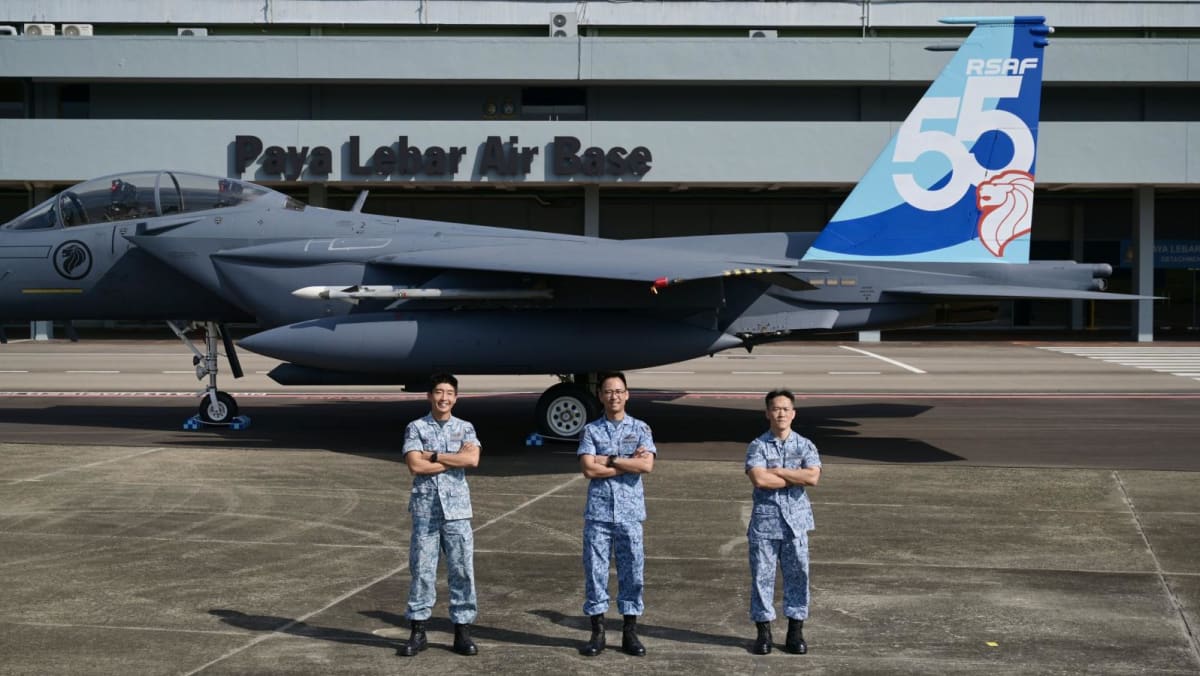
RSAF pilot trainees typically travel to the Air Grading Center in Australia for four to five weeks where they undergo aptitude tests by flying CT-4B military training aircraft.
Major (MAJ) Jeremy Lim, head of SOAR and a qualified flying instructor who pilots F-16s, said that instructors like himself can only glean “a limited amount of information” by being with trainees “over a one-hour period of flight” and observing what they do. These trainees do not have any flying experience prior to Australia.
With SOAR, trainees undergo a two-week course in Singapore. They will complete simulator flights comprising four missions, such as the general handling of aircraft as well as advanced manoeuvres.
MAJ Lim said that these missions present a “steep learning curve” for trainees and are “quite sufficient” for the moment.
Users of the simulator can perform risker manoeuvres or those that cannot be accomplished on a training aircraft, such as trying to shoot down a target, he added.
Trainees will also put on sports science wearables, allowing instructors and aviation psychologists to monitor and collect psychophysiological measurements like eye movement, heart rate and facial expressions.
“Holistically, all of this information that’s being captured in this simulator – down to their altitude, air speed – are all being assessed and put into a machine learning in order to inform us how the trainee has the potential in passing their downstream training,” MAJ Lim said.
